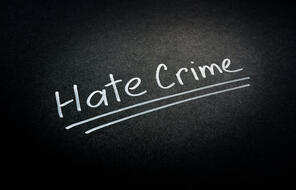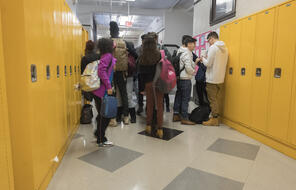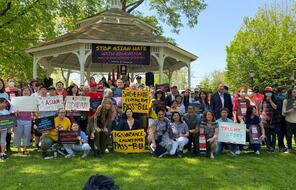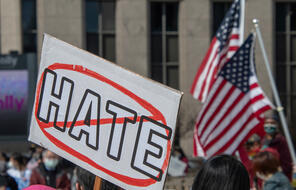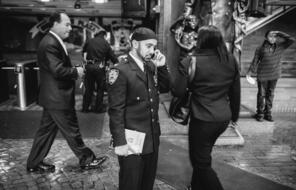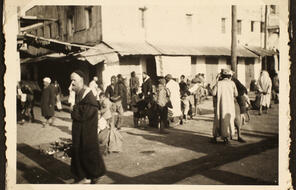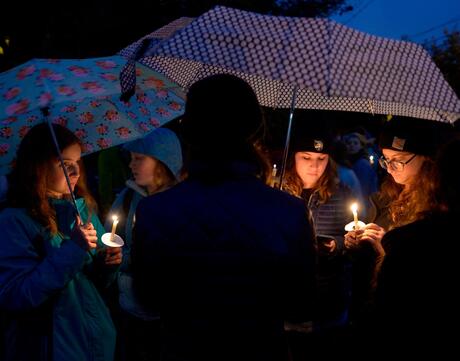
Teaching about Hate Crimes and Their Impacts
At a Glance
Language
English — USSubject
- Civics & Citizenship
- Social Studies
Grade
6–12Duration
One week- Racism
- Antisemitism
- Human & Civil Rights
Overview
About This Unit
This unit is designed to help students learn what hate crimes are and the impacts they have on both individuals and communities, including schools. The lessons also help students understand current trends in hate crimes, types of perpetrator behavior, actions that can help prevent hate crimes, and community initiatives that foster belonging. These resources were created in partnership with the Office for the Prevention of Hate Crimes (OPHC), part of the New York City Mayor’s Office of Criminal Justice and the Mayor’s Community Affairs Unit.
Preparing to Teach
A Note to Teachers
Before you teach this unit, please review the following guidance to tailor this lesson to your students’ contexts and needs.
Mini-Lessons
Materials and Downloads
Quick Downloads
Download the Files
Download allSpecial Thanks
These resources were created in partnership with the Office for the Prevention of Hate Crimes (OPHC), part of the New York City Mayor’s Office of Criminal Justice and the Mayor’s Community Affairs Unit.

Teach Facing History
Not in the United States?
Find resources for Canada and the United Kingdom
Learn more about our other International Partners
Unlimited Access to Learning. More Added Every Month.
Facing History & Ourselves is designed for educators who want to help students explore identity, think critically, grow emotionally, act ethically, and participate in civic life. It’s hard work, so we’ve developed some go-to professional learning opportunities to help you along the way.
Exploring ELA Text Selection with Julia Torres
On-Demand

Working for Justice, Equity and Civic Agency in Our Schools: A Conversation with Clint Smith
On-Demand

Centering Student Voices to Build Community and Agency
On-Demand


